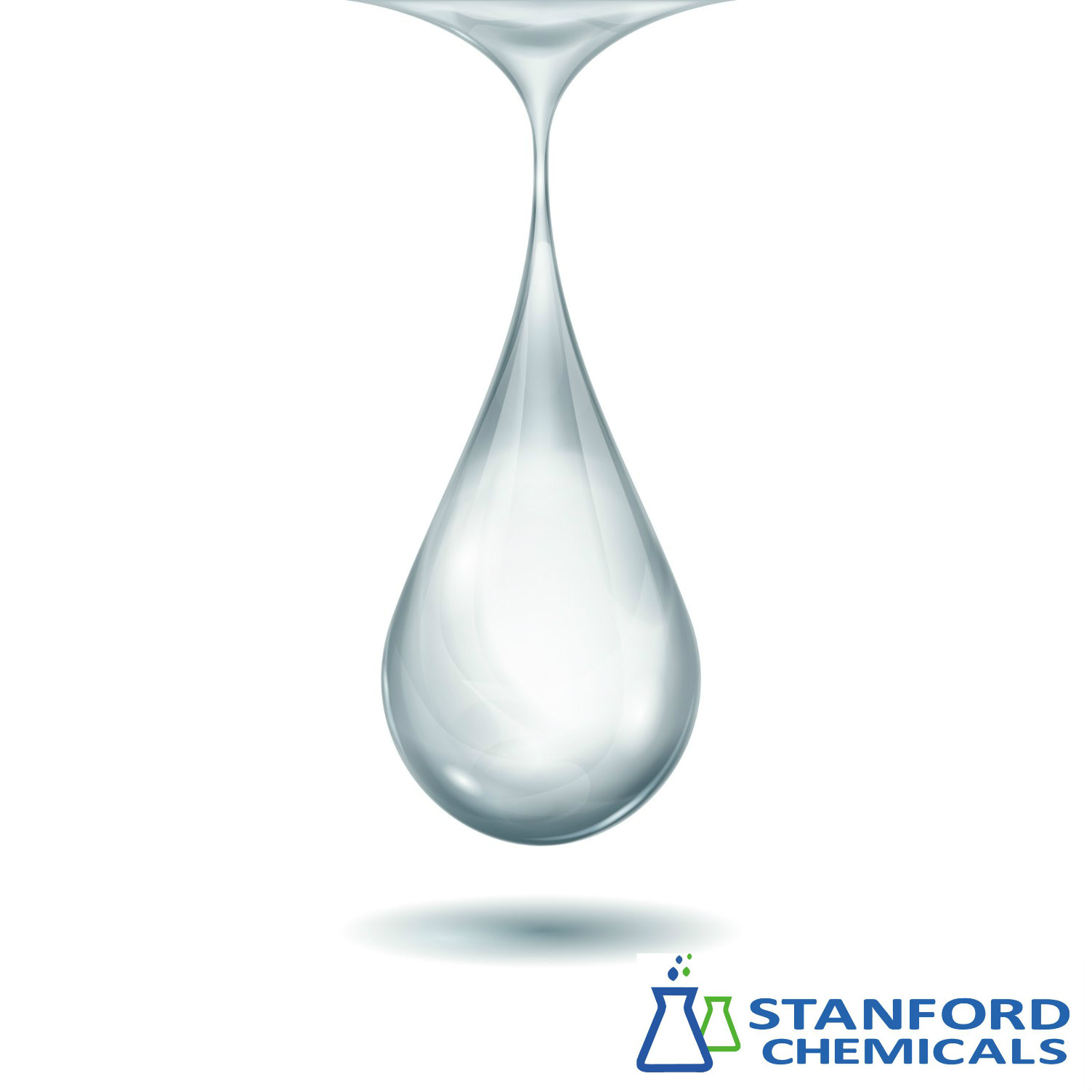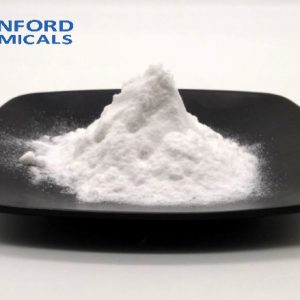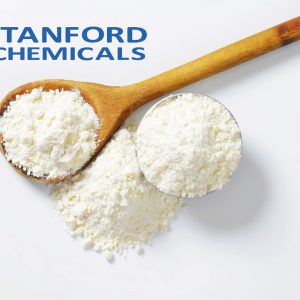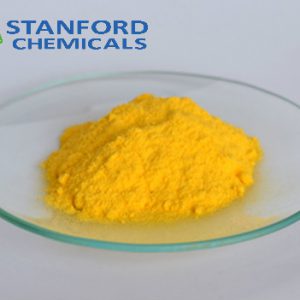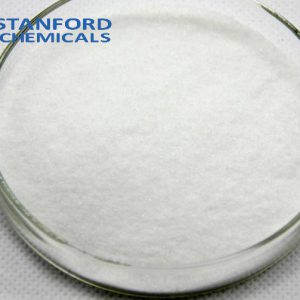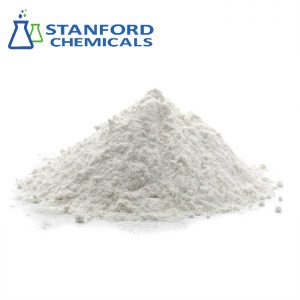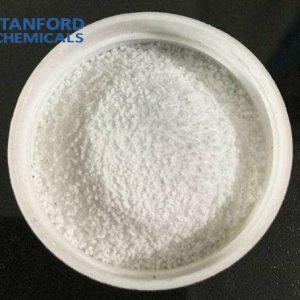- Home
- Cosmetics & Personal Care
- 070-000-241 Polyquaternium
070-000-241 Polyquaternium
Polyquaternium is widely used in the personal care industry as the conditioner. We can provide many types to meet customer needs.
- Description
Description
Polyquaternium Specification
| Product Name | INCI Name | CAS Number | Properties | Usage Level |
| SCC-PQ 4 | Polyquaternium-4 | — | Water-solubility, cationic
polymer to provide thickening, anti-static and condition, low accumulation. |
0.1-1.0% |
| SCC-PQ 7 | Polyquaternium -10 | 81859-24-7
/ 53568-66-4 |
Water-solubility, cationic
polymer to provide thickening, anti-static and condition properties. |
0.1-0.8% |
| SCC-PQ 10 JR 400 | Polyquaternium -10 | 81859-24-7
/ 53568-66-4 |
Water-solubility, cationic polymer
to provide thickening, anti-static, and condition properties. |
0.1-0.8% |
| SCC-PQ 10 JR 3000 | Polyquaternium -10 | 81859-24-7 / 53568-66-4 |
Film forming, superior styling,
and conditioning properties. |
0.1-0.8% |
| SCC-PQ 11 | Polyquaternium -11 | 53633-54-8 | Film forming, superior styling,
and conditioning properties. |
0.5-5.0% |
| SCC-PQ 22 | Polyquaternium -22 | 53694-17-0 | Provide wet properties of hair care
and skincare products, film forming, superior styling, and conditioning properties. |
0.5-4.0% |
| SCC-PQ 39 | Polyquaternium -39 | — | Antistatic and film-forming. | 0.5-5.0% |
Polyquaternium Description
A polymer is “Any of numerous natural and synthetic compounds of usually high molecular weight consisting of up to millions of repeated linked units, each a relatively light and simple molecule.”
So a cationic polymer is a positively charged or cationic polymer that we use in hair and body care products to increase conditioning and film-forming. Because it’s cationic, it will be substantive and adsorb to our hair our skin to increase lubricity and moisturizing. In hair care products, cationic polymers will help our cuticle scales resist uplift when stressed, which keeps our hair in better condition.
Polyquaternium is the International Nomenclature for Cosmetic Ingredients designation for several polycationic polymers that are used in the personal care industry. Polyquaternium is a neologism used to emphasize the presence of quaternary ammonium centers in the polymer. INCI has approved at least 37 different polymers under the polyquaternium designation. Different polymers are distinguished by the numerical value that follows the word “polyquaternium”. Polyquaternium-5, polyquaternium-7, and polyquaternium-47 are three examples, each a chemically different type of polymer. The numbers are assigned in the order in which they are registered rather than because of their chemical structure.
Polyquaternium-4: Provides excellent combability, holding, gloss, and antistat properties. This cellulosic polymer is substantive to skin and hair and exhibits outstanding properties in hair care products. It is a tan powder that is water-soluble. (suggested use: 0.5 to 1%)
Polyquaternium-7: Leaves hair feeling soft. It is a thick viscous liquid with a low odor. (suggested use: 2 to 5%)
Polyquaternium-10: This is a cationic, water-soluble substantive conditioner for hair care. It provides film formation on hair and moisturization. It is non-irritating and compatible with a wide range of surfactants. It enables the formulation of clear products. (suggested use:0.25-0.5%)
Polyquaternium-44: This is a very efficient, multinational polymer for use in a variety of cleansing products to improve the wet combability of the hair and prevent electrostatic charging when the hair is dry. It also protects the hair by forming a shield around each hair so that its surface is less readily attacked. It conditions and provides a smooth silky feel to the hair. The lather creaminess is significantly improved. There are no drawbacks with fine hair regarding volume, accumulation, and build-up when used at recommended use levels. It is a viscous clear amber liquid with a low odor. (suggested use:0.1-0.5%)

